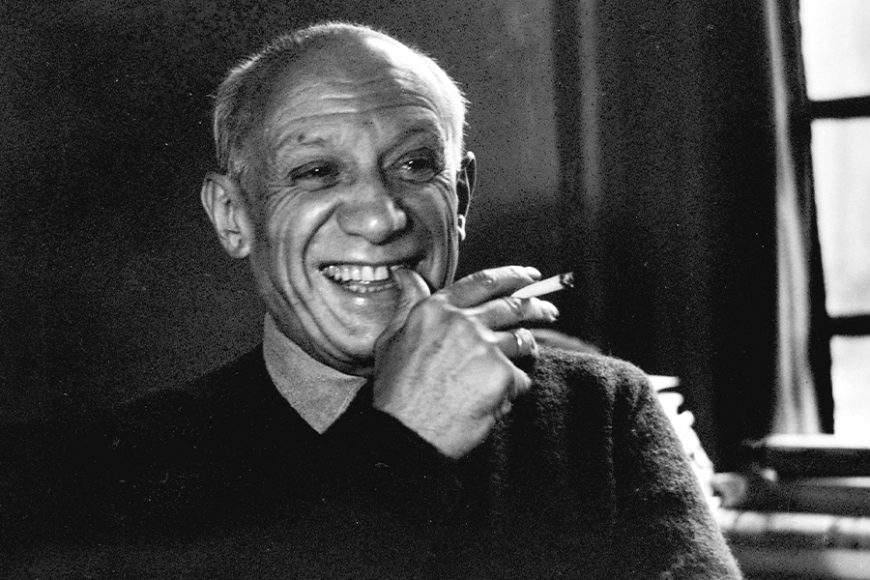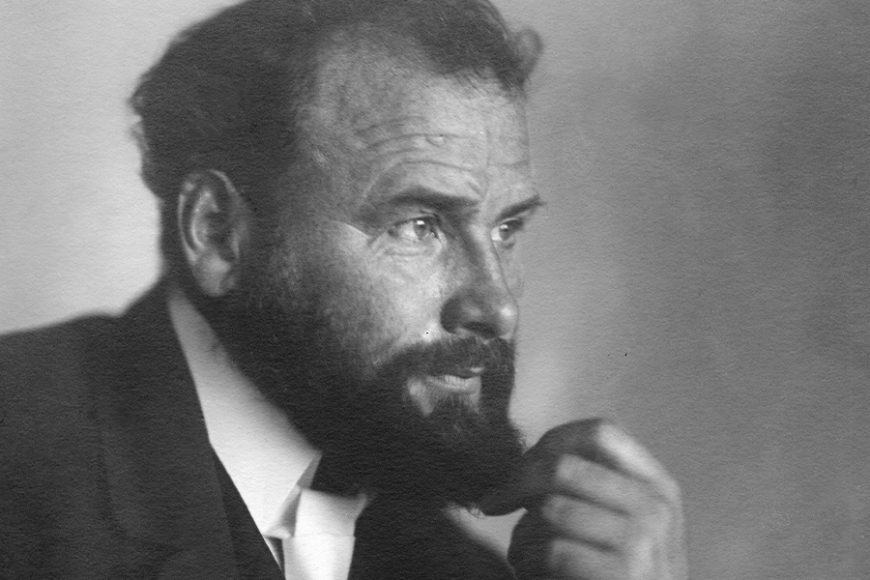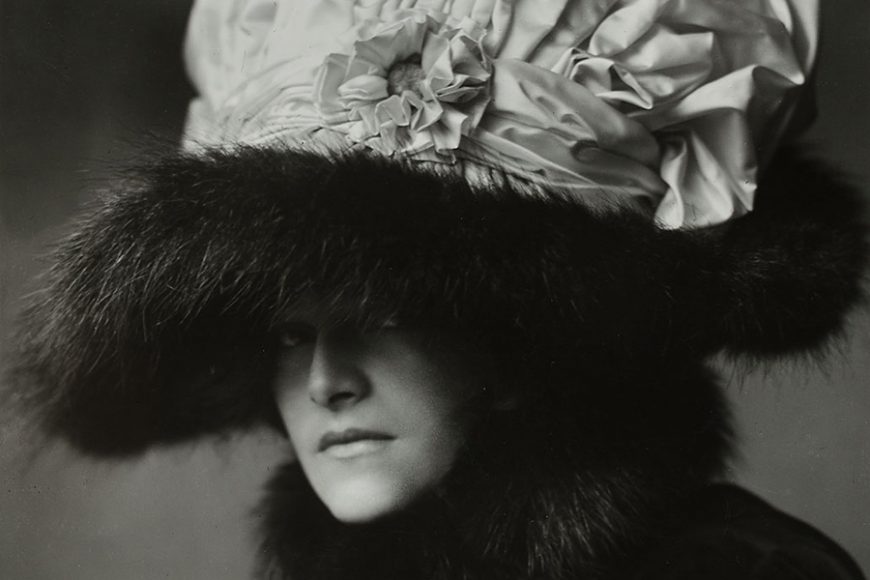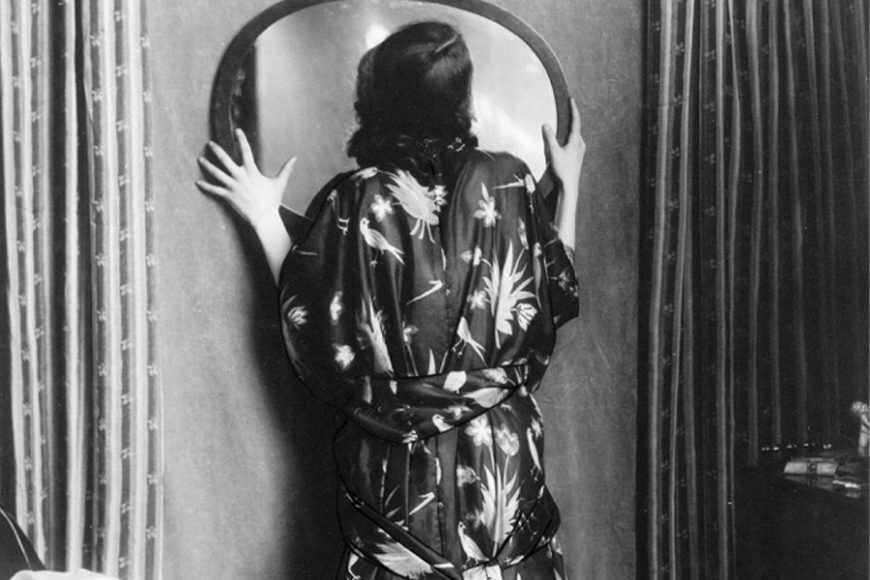No matter the season, the romance of the past is palpable at Neue Galerie New York.
The Manhattan museum devoted to German and Austrian art created between 1890 and 1940 is an eternally elegant destination, appropriately housed in a 1913 Beaux-Arts mansion designed by Carrère and Hastings.
Later this month, the Neue Galerie will once again turn its sophisticated spotlight on fin-de-siècle Vienna with the Feb. 20 opening of “Madame d’Ora.”
It’s an exhibition devoted to the pioneering Austrian fashion and portrait photographer born Dora Kallmus (1881-1963), whose storied models ranged from Pablo Picasso to Josephine Baker to Colette. The Neue, in advance materials, calls d’Ora “the most acclaimed portraitist of fin-de-siècle Vienna” who would go on to create “one of the most stylish Art Deco studios in Paris in the 1920s.”
Her groundbreaking work had a decidedly sensuous appeal, one that led Vassar College to mount what was billed as the largest exhibition of her work in America back in 1987, a sign of an appeal that endures today.
This will be the largest museum retrospective ever presented in the United States on d’Ora, who was, by all accounts, “an unusual woman for her time.”
The exhibition will feature sections devoted to the different periods of her life, taking visitors from her early years as the daughter of Jewish intellectuals in Vienna to her time as the premier society photographer and then, through her survival during the Holocaust.
There will be more than 100 examples of her work, which we will see “is distinguished for its extreme elegance and utter depth and darkness.”
During a time when photography was dominated by men, d’Ora was a groundbreaking force, carving out a 50-year career. Best known for her work as a portrait photographer of the elite, in society and the arts, she would also work in fashion. Her later work stands witness to her suffering and loss in the time after the Holocaust.
D’Ora, raised in the creative and intellectual atmosphere of fin-de-siècle Vienna, traveled abroad with her parents and governesses. On one of her journeys, she found herself intrigued by photography and at age 23, while visiting the Côte d’Azur, purchased her first camera, a Kodak box model. That simple action would spark a determination to make photography a profession — not a hobby — and she began to train.
By May of 1906, she joined the commercial register as a professional, calling herself Madame d’Ora. She would take portraits of friends, going on to open her own studio — the first woman in Vienna to do so.
An autumn 1909 exhibition of work received praise not only for d’Ora’s technique but for the luminaries who attended the exhibition.
Over the course of her lifetime, d’Ora would photograph such artists as Baker, Colette, Gustav Klimt, Tamara de Lempicka and Picasso. Her commissions would also include members of the Habsburg family and Viennese aristocracy, the Rothschild family and others prominent in culture and politics. Associating with the avant-garde artists of her time, d’Ora would photograph members of the Expressionist dance movement and also work in fashion photography, capturing Wiener Werkstätte fashion models and the designer Emilie Flöge of the Schwestern Flöge salon wearing artistic reform dresses.
Her work would be published in French Vogue for the first time in 1922, with d’Ora moving to Paris in 1925. She would shift her focus to fashion, becoming immersed in that world for the next decade. She was a friend of key figures, such as the French milliner Madame Agnès and the Spanish designer Cristóbal Balenciaga, as well as the top fashion magazine editors. She also began to accompany celebrities, from Cecil Beaton to Maurice Chevalier to Colette, helping create and cultivate their glamour.
Her status only grew in Paris, until the Nazis seized control of the French capital in 1940, forcing her to close her studio and flee. D’Ora would spend the war years living quietly in southeast France though the war’s effect on her was devastating. Her sister Anna Kallmus, along with other family and friends, died in the Chełmno concentration camp.
After the war, d’Ora would return to Paris, resuming her career though her perspective turned darker, a reflection of much personal loss.
Around 1948, she began a series on displaced persons camps (refugee camps), which was commissioned by the United Nations and marked a departure from her earlier glamorous works. Again in the spotlight, she would chronicle the slaughterhouses of Paris in her final series, a reflection of being “fascinated by the suffering of voiceless creatures.”
She would also continue to photograph her prominent clients, commissioned portraits that helped pay her bills. Among those commissions was The Sun King’s Party in 1953, a 2,000-guest costume party the Marquis de Cuevas organized to “raise morale.”
A fully illustrated catalog will be published by Neue Galerie New York and Prestel to accompany the exhibition, which is organized by Neue Galerie New York. Monika Faber, director of the Photoinstitut Bonartes in Vienna, is the curator. Faber is a distinguished scholar and the former curator of photography at the Albertina in Vienna. She previously organized “Portraits of an Age: Photography in Germany and Austria, 1900-38” (2005) and “Heinrich Kuehn and His American Circle: Alfred Stieglitz and Edward Steichen” (2012) for the Neue Galerie New York. Fernando Eguchi of the Neue Galerie designed the exhibition.
“Madame D’Ora” will open Feb. 20 and continue through June 8 at Neue Galerie New York, 1048 Fifth Ave. in Manhattan. For more, visit neuegalerie.org.








